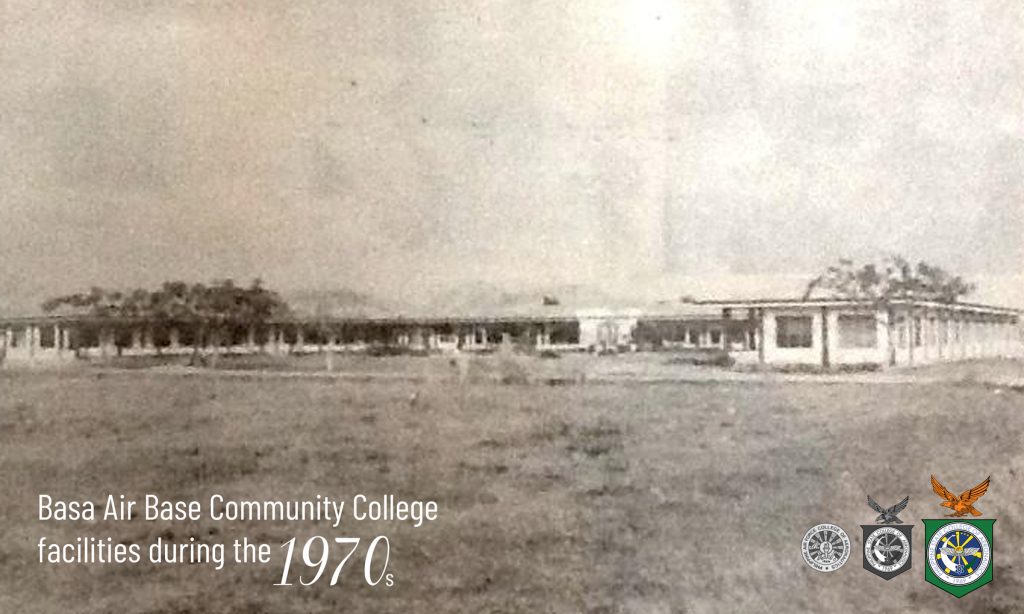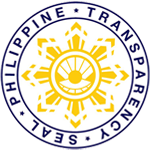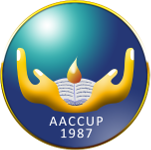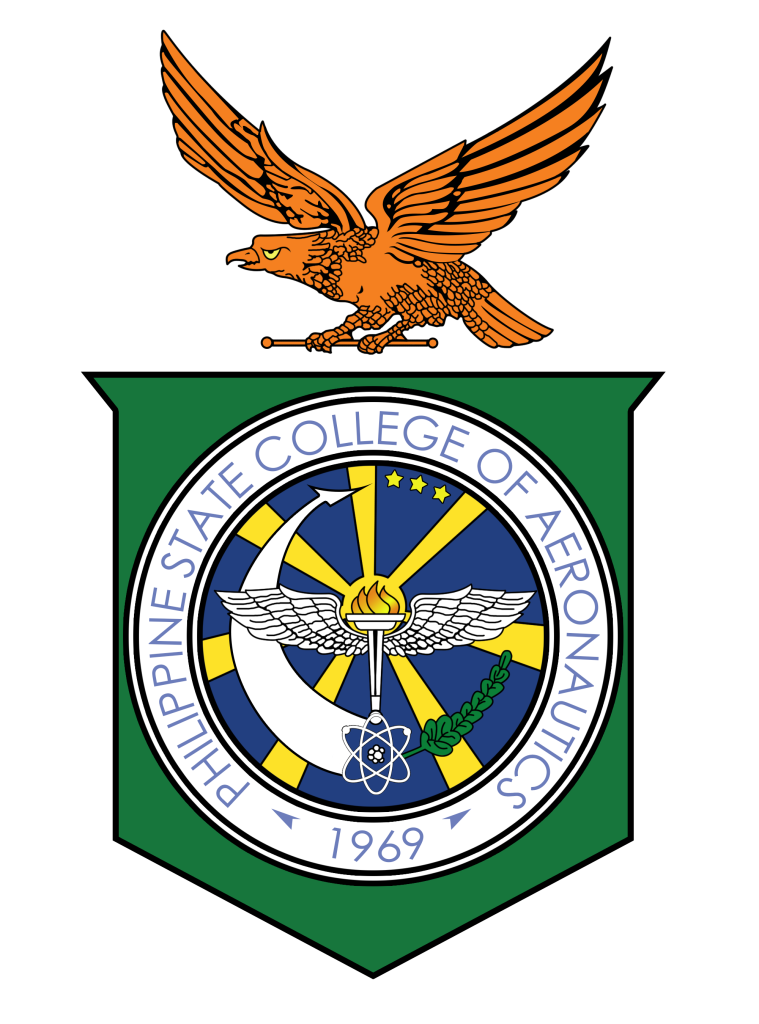
Former names
- Basa Air Base Community College (June 1969 to January 26, 1977)
- Philippine Air Force College of Aeronautics (January 26, 1977 to June 3, 1992)
- Philippine State College of Aeronautics (June 3, 1992 - Present)
Campuses
- PhilSCA - Villamor, Pasay City
- PhilSCA - FAB, Lipa-Batangas
- PhilSCA - BAB, Pampanga
- *With extension campus in Palmayo, Floridablanca
- MBEAB, Mactan-Cebu
- *With extension campus in Medellin, Cebu
PhilSCA was established as Basa Air Base Community College (BABCC) on 1 April 1968 through AFP Regulation G.168-342 and was approved to operate by the Department of Education and Culture on 23 April 1969 (Founding Anniversary).
Initially, the college came into existence as a result of an extreme necessity to solve a military problem plaguing the 5 Fighter Wing (the premier jet fighter unit of the Philippine Air Force) located in the terminal town of Floridablanca, Pampanga. The nearest town to the community offering the secondary and tertiary levels of education at that time was located in the town of Guagua, Pampanga which involved travel of seventeen (17) kilometers of rough roads from the Air Base. Travel is dangerous then because Basa Air Base is in the midst of Huklandia (NPA). The 5th Fighter Wing is the only unit of the Philippine Air Force (PAF) handling jet fighter aircraft, and its highly skilled personnel cannot be transferred to the other Bases of (PAF) where the government can use them without wasting heavy investment in their training abroad. Request for the transfer and application for discharge among the military personnel were frequent because they and their children were desirous of pursuing higher education, and had to go elsewhere because there was no secondary available education in the vicinity. After repeated requests to the DECS, the invitations to private sectors to establish a tertiary level education failed. The community pooled their resource to comply substantially with the initial requirements of the Bureau of Public Schools and established community schools. The base authorities repaired a dilapidated building into temporary classrooms and extended the use of other facilities including their training aids and apparatus.
On 1977, President Marcos signed Presidential Decree No. 1078 converting Basa Air Base Community College to Philippine Air Force College of Aeronautics with its main campus in Villamor Air Base, Pasay City, Metro Manila. Although with state college status, its charter did not provide for government subsidy as it was considered a non-profit and non-stock educational institution. Aside from Villamor Air Base and Basa Air Base, additional campuses were also created in Sangley Air Base, Fernando Air Base, and Mactan Air Base. During this period, it was envisioned by Philippine Air Force authorities to be the Philippine Air Force Academy to solve its problem in the procurement and training of its officer pilots through the merging of the Philippine Air Force Flying School and the Philippine Air Force Regular Officer Procurement Program. President Corazon C. Aquino approved Republic Act No. 7605 converting the Philippine Air Force College of Aeronautics to the Philippine State College of Aeronautics. In 1994, its Board of Trustees approved the creation of its own flight school that will train students for the private pilot and commercial pilot.
In 1997, it acquired its first trainer plane — a Tampico STB9-C aircraft (RP 2200) which Senator Raul Roco donated from his country-wide development fund, and another Tampico STB9-C aircraft (RP 2204) was purchased for P10 Million from PhilSCA Development Fund on June 3, 1992.
The original location of PhilSCA was in Manlunas St. in Villamor Air Base, Pasay City (currently Newport City). Still, due to the Bases Conversion Development Authority (BCDA), the portion of Villamor Air Base was bought by the Megaworld Corporation.
Legal Mandate
“the STATE shall give priority to education to foster patriotism and nationalism, accelerate social progress, and promote total human liberation and development”
“the STATE shall protect and promote the right of all citizens to quality education at all levels and shall take appropriate steps to make such education accessible to all”
“The College shall provide professional and advanced technical and technological instruction and training in the preparatory field of aeronautics and the liberal arts courses.”





